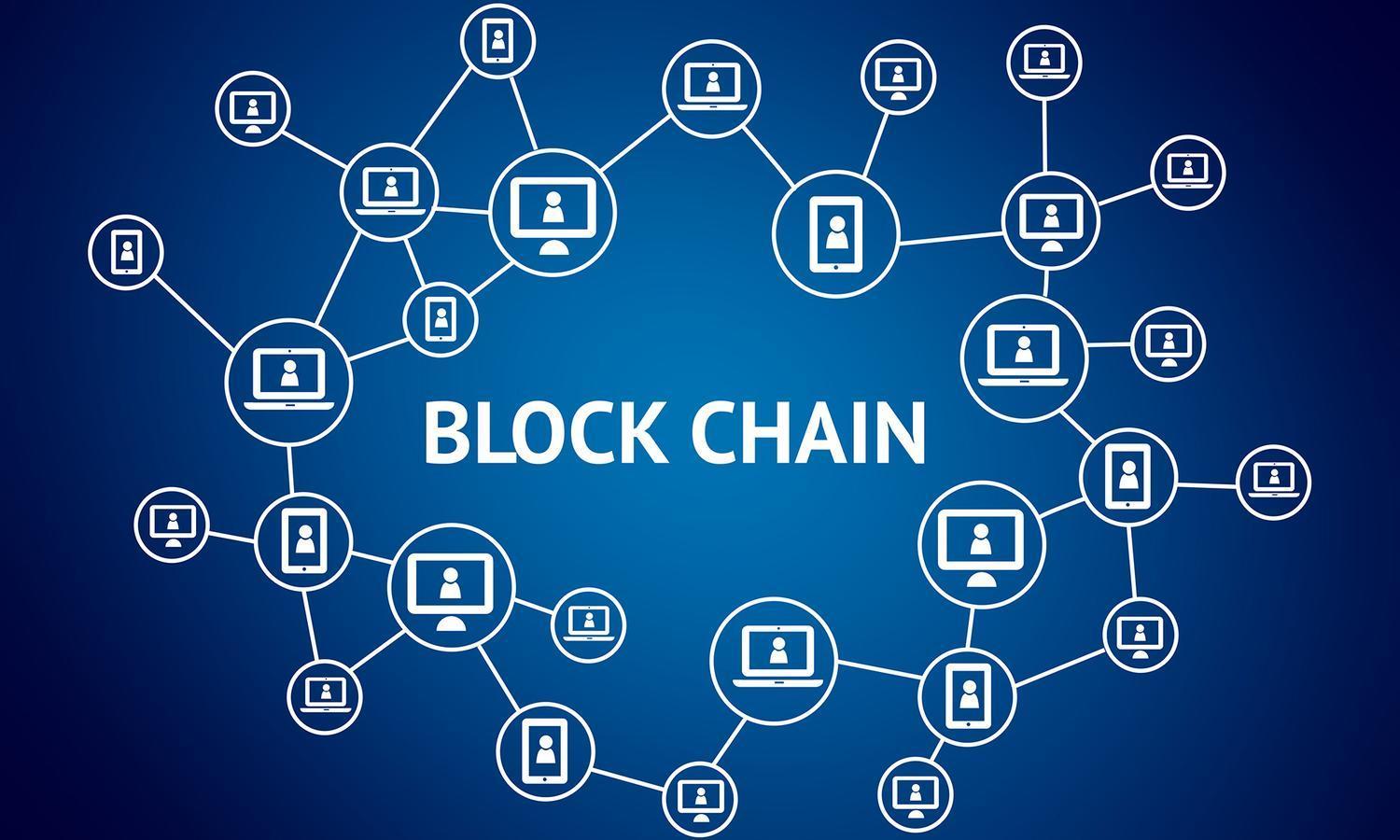Blockchain technology is a new way to record, verify, and share digital information. It is a kind of Distributed Ledger Technology (DLT) that keeps data safe on a network of computers called nodes. Blockchain works in a decentralised manner, so no one person or group has complete control over it. Traditional databases, governed by a central authority, differ from this approach. This decentralised architecture makes things more open and safe, and it builds trust among people who may not even know each other.
A blockchain is a chain of unchangeable data made of blocks linked by time and cryptography. It is not possible to modify data once it is on the blockchain because it uses cryptographic hash functions and consensus methods like Proof of Work (PoW) or Proof of Stake (PoS).
Evolution of Blockchain Technology
Blockchain was first created to support Bitcoin, the first cryptocurrency, which was released in 2009 by the pseudonymous Satoshi Nakamoto. Since then, it has become a multifunctional platform that can change many industries. Vitalik Buterin launched Ethereum in 2015. It opened up new uses for blockchain by allowing smart contracts, which are agreements that automatically carry out certain activities when certain circumstances are satisfied.
This new idea led to the creation of decentralised applications (dApps) and Decentralised Finance (DeFi) platforms, which cut out middlemen in lending, trade, and insurance. Blockchain can do more than just peer-to-peer transactions. For example, DeFi protocols like Uniswap, Aave, and MakerDAO show that blockchain is not just for cryptocurrency.
Real-World Blockchain Applications
The fact that a blockchain may change is one of its most intriguing properties. Blockchain makes it easier to track and hold people accountable in supply chain management. Walmart and Nestlé are two global companies that use blockchain to track from and how they get there. This cuts down on fraud and builds trust with customers. Blockchain makes it easier to share medical records safely, keeps data accurate in clinical trials, and makes healthcare systems more compatible with each other. MedRec and BurstIQ are two examples of how blockchain may give patients more power by letting them own their health data.
 Another area where this technology is becoming more popular is digital identity management. Blockchain provides a secure and verifiable method for managing online identities, eliminating the need for hackable centralised data silos. Countries like Estonia have been the first to use blockchain for e-governance, and they have set a worldwide standard. Blockchain is making property transactions easier, even in real estate, by automating title transfers and cutting down on fraud. Smart contracts can make the whole process from signing a contract to transferring ownership faster and safer.
Another area where this technology is becoming more popular is digital identity management. Blockchain provides a secure and verifiable method for managing online identities, eliminating the need for hackable centralised data silos. Countries like Estonia have been the first to use blockchain for e-governance, and they have set a worldwide standard. Blockchain is making property transactions easier, even in real estate, by automating title transfers and cutting down on fraud. Smart contracts can make the whole process from signing a contract to transferring ownership faster and safer.
How Blockchain Technology Works
A network of nodes that check and keep copies of the ledger is what makes blockchain work. To be added to the blockchain, every transaction must go through a consensus process. In public blockchains like Bitcoin or Ethereum, transferring ownership is usually done with PoW or PoS. Practical Byzantine Fault Tolerance (PBFT) or other algorithms can handle it in private blockchains. Using public and private keys to sign transactions on the blockchain makes sure they are real and complete.
Also, hashing methods like SHA-256 make sure that even the smallest modification in a block’s data will create an entirely different hash, which will let the network know that someone might be trying to mess with it. To make things bigger and more efficient, developers are looking into Layer 2 solutions like Optimistic Rollups and zk-Rollups. These solutions execute transactions off-chain and then settle them on the main chain, which speeds things up and lowers costs.
Challenges Facing Blockchain Adoption
Blockchain can change many things, but it also has many problems to solve. Scalability is still a problem for widespread use, especially on public networks where the number of transactions that may happen at once is limited. Different blockchain networks having trouble working together is another problem that initiatives like Polkadot and Cosmos are trying to solve.
 Another important problem is how energy-intensive consensus techniques like PoW affect the environment. Ethereum 2.0’s move to PoS is a reaction to these worries. It uses more than 99% less energy than before. Another problem is that there is a lot of uncertainty about how to regulate blockchain-based assets and activities around the world. For innovation to happen while protecting consumers and keeping the economy stable, this area needs to be clear.
Another important problem is how energy-intensive consensus techniques like PoW affect the environment. Ethereum 2.0’s move to PoS is a reaction to these worries. It uses more than 99% less energy than before. Another problem is that there is a lot of uncertainty about how to regulate blockchain-based assets and activities around the world. For innovation to happen while protecting consumers and keeping the economy stable, this area needs to be clear.
Final thoughts
Web3 is a vision for a decentralised internet, where users own their data and digital assets. Blockchain technology is the foundation of this vision. Users can participate in digital e-participation with more power and openness thanks to new technologies like Non-Fungible Tokens (NFTs), Decentralised Autonomous Organisations (DAOs), and blockchain-based social networks. Central Bank Digital Currencies (CBDCs) are also becoming more popular. For example, China and Sweden are testing out digital currencies based on blockchain.
These actions could change how money and monetary policy work in the future. As quantum computing gets better, blockchain engineers are looking into quantum-resistant cryptography to protect networks from threats in the future. In the meantime, more and more people are learning about blockchain, and universities, governments, and IT companies are putting money into research and development.



